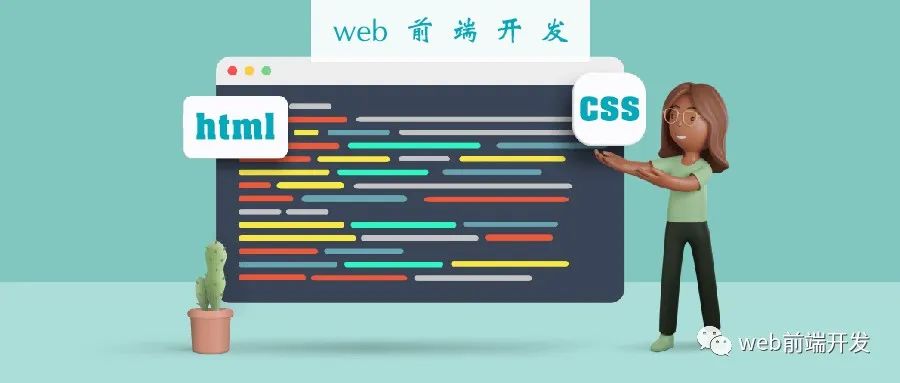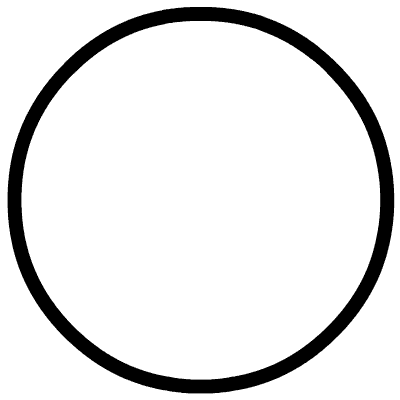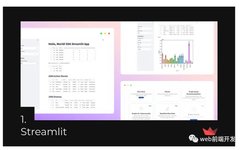There are many frontend libraries in Python, each with its unique advantages and disadvantages. Which one should we choose?
Whether you are a data scientist, data engineer, machine learning engineer, or Python developer, you must at least be familiar with one frontend library. It can help you in many ways, such as creating pet projects, becoming a full-stack developer, building dashboards, or even assisting in daily life.
In this article, I will introduce 5 different frontend libraries, each with its unique features, advantages, and disadvantages.
Let’s start with the most popular frontend framework.
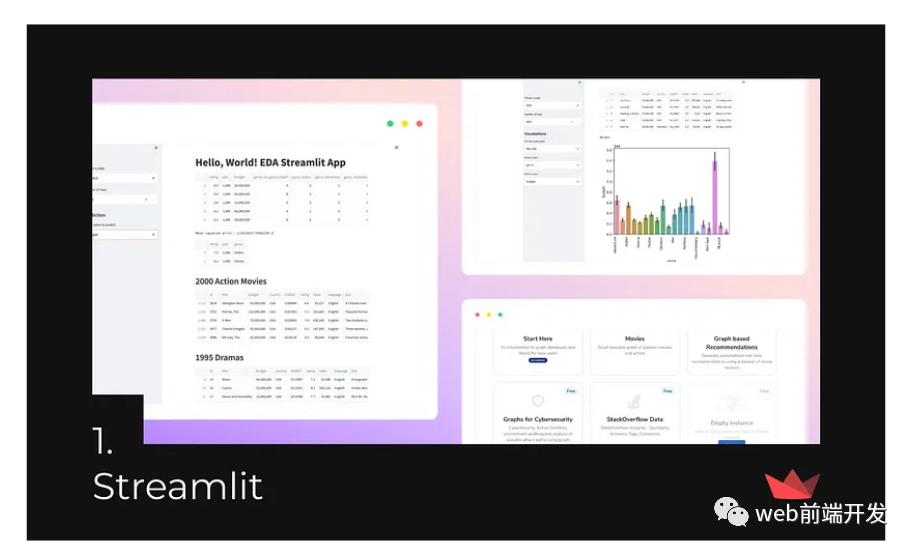
Streamlit is an open-source Python framework. It allows users to quickly and easily create interactive data applications, which is particularly beneficial for data scientists and machine learning engineers who may not have extensive web development knowledge.
With Streamlit, developers can build and share attractive user interfaces and deploy models without deep frontend experience or knowledge. The framework is free, fully Python, and open-source, allowing you to create shareable web applications in just a few minutes.
If you want to create a quick prototype, SaaS, analytical dashboard, or just some projects for friends – Streamlit is a great idea. It doesn’t take time to get started, and there are many templates ready to help you complete your frontend in minutes.
However, if you want something scalable or a large project with many features, then this library may not be a good decision. Streamlit focuses more on showcasing a specific feature in a simple single-page website, so it is not recommended for creating social networks or startups.
Additionally, many users have reported that Streamlit is difficult to customize. If you want to add new content not documented, it will be a daunting challenge.
Website: https://solara.dev/showcase
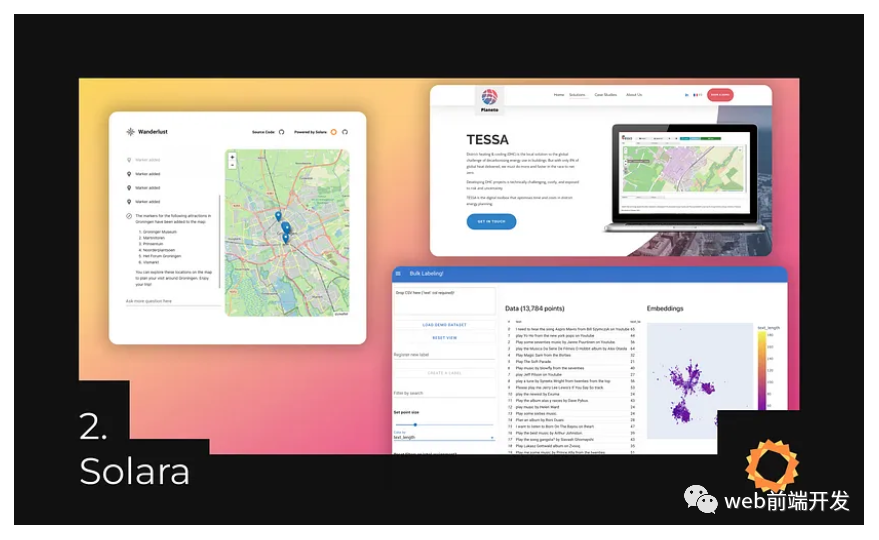
Solara allows you to build web applications in pure Python using ipywidgets or a React-like API based on ipywidgets. These applications can run in Jupyter Notebook or as standalone web applications with frameworks like FastAPI.
With Solara, you can benefit from promoting component-based code and simplifying state management, making your development process more efficient and your applications more maintainable.
Solara enables you to leverage the full potential of the Python ecosystem. This means you can continue to use your favorite libraries while expanding your web development capabilities.
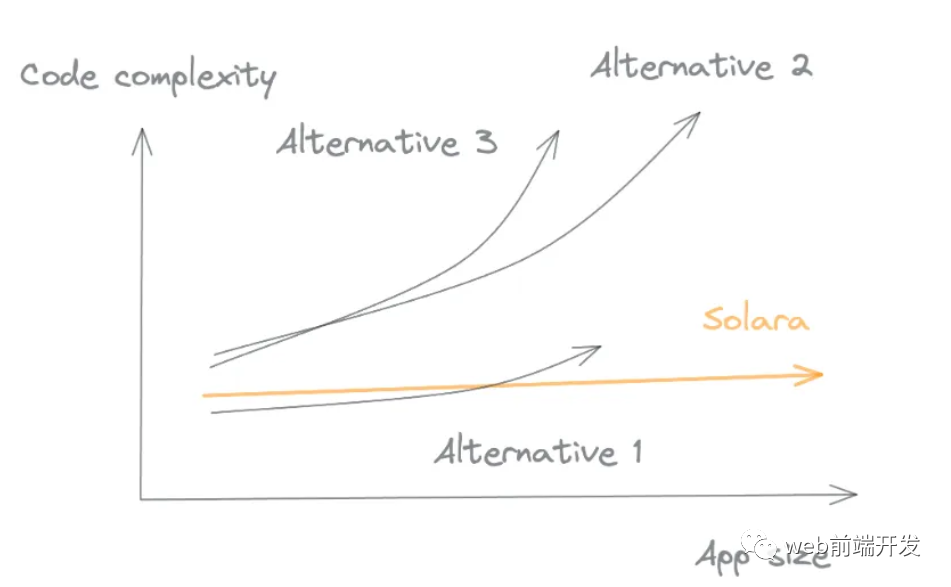
Therefore, if you want to develop a large and scalable website or develop some widgets for your Python notebooks, Solara is your best choice.
However, the downside is that Solara is not as popular (e.g., compared to Streamlit), making it hard to find answers to questions or templates to get started, and some users have complained about the documentation.
Lastly, it can be more challenging to develop because you need to know how to use state and manage component-based code.
Website: https://kitware.github.io/trame/examples/

Trame is an open-source platform that simplifies the creation of interactive and visually stunning web applications with minimal web development or technical knowledge.
It is based on Python and utilizes platforms like VTK, ParaView, and Vega to create web-based applications in minutes.
Trame provides a high-level framework for building reactive, stateful web applications that can be used locally as any desktop application or deployed in the cloud or locally to access large and/or sensitive data.
Trame comes with many built-in features by leveraging existing libraries or tools (e.g., Vuetify, Altair, Vega, Deck, VTK, ParaView, etc.).
Trame allows you to create interactive data processing applications with rich visualizations without switching languages or technologies.
Multiple available layouts allow you to build applications right away. Trame also allows you to choose between server-side rendering, client-side rendering, and mixed methods.
Therefore, if you want to create scientifically-centered applications with interactive, complex visualizations and simulations (even in 3D!), Trame is your best choice. It is cross-platform, offers many useful features, and looks great overall.
It also has some drawbacks. Trame is a relatively new framework, so it does not have a large community yet. It is still in development, so there may be some issues or bugs.
Finally, it takes some time to really dive deep and understand all the concepts.
If you want to start developing with Trame, check out my article that outlines the library: https://medium.com/python-in-plain-english/trame-frontend-with-vue-js-but-in-python-329111755b98
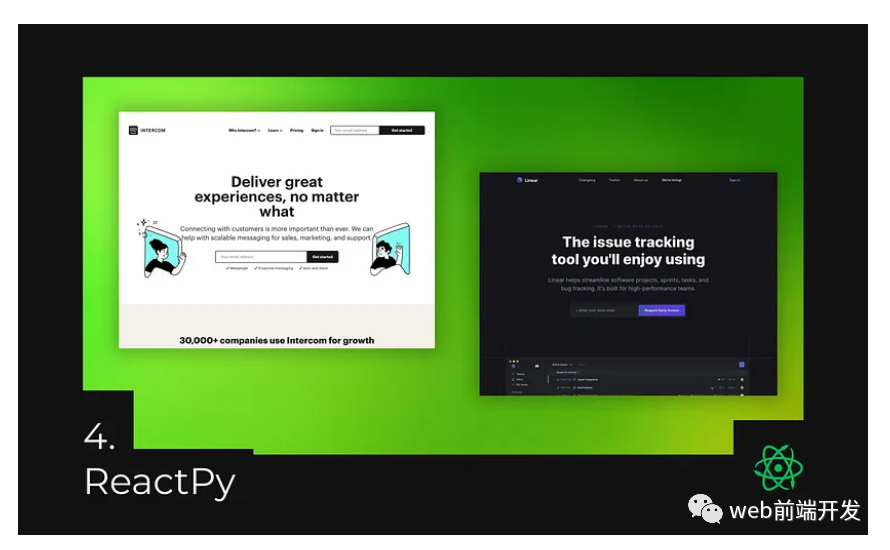
ReactPy is a Python package for building user interfaces (UIs) without JavaScript. It allows developers to create interfaces using small, reusable components, similar to ReactJS.
ReactPy interfaces can be built for various backends such as Flask, FastAPI, Sanic, Tornado, Django, Jupyter, and Plotly-Dash.
Basically, anything that can be built in ReactJS can be built in ReactPy. Most React features (like state management, hooks, components, etc.) are implemented in ReactPy.
Therefore, if you are familiar with ReactJS and want to use the same language for both backend and frontend, ReactPy is the best choice.
Besides, ReactPy is just a great library for writing multi-page websites, landing pages, and other content typically done with HTML/CSS/JS.
The main downside of ReactPy is that it is new, so it does not have a large community – this means you won’t have hundreds of libraries like ReactJS.
Additionally, it is still under development, so there may be some bugs, and certain features may be incomplete or not working correctly.
If you want to start using ReactPy, check out my article: https://medium.com/@ash_computational_qm/reactpy-building-dynamic-frontend-applications-with-python-de92d9e95bce
Website: https://github.com/pyqt/examples
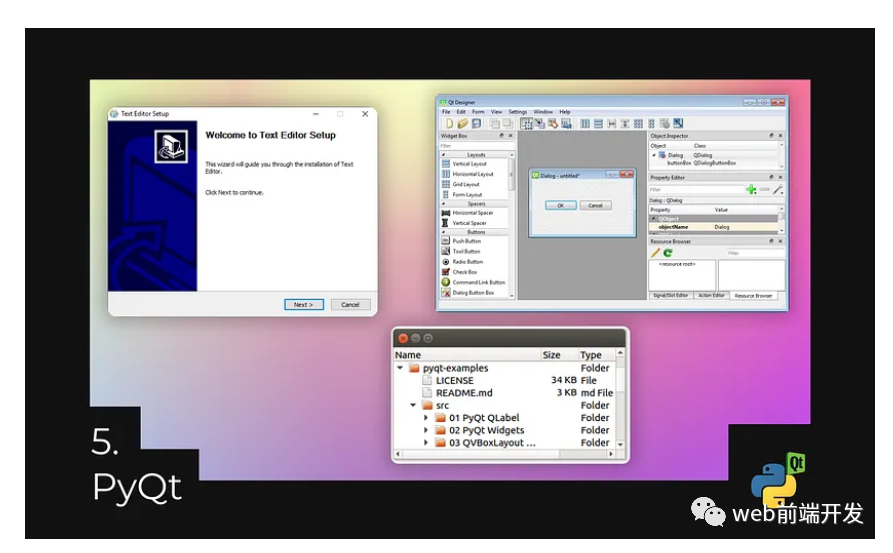
PyQt is the Python bindings for a cross-platform GUI toolkit, implemented as a Python plugin. It primarily serves as a powerful GUI module that seamlessly integrates the robust Qt C++ cross-platform framework with the flexible Python programming language.
It is organized into multiple modules, each tailored for specific tasks, such as QtCore for core non-GUI functionalities and QtGui for GUI functionalities.
PyQt is widely used for developing graphical applications due to its modern widget set and compatibility with various operating systems, including Windows, Unix, Linux, macOS, iOS, and Android.
If you need desktop applications for any of the above operating systems, PyQt is one of the best choices.
It offers a wide range of widgets, good customizability, and adheres to all Python conventions, making it easy to use. It also supports multimedia such as video and audio.
Unfortunately, PyQt requires some extra steps during installation, making it more difficult to install than other libraries. Additionally, if your application is not open-source, you must pay for a commercial license.
Finally, it takes some time to learn how all the widgets and functionalities work to correctly create applications with PyQt.
We explored 5 leading Python frontend frameworks, each with its unique advantages and applications.
For quick and easy prototyping, Streamlit is your go-to. For enterprise-level scalability, Solara is the best choice. If simulation and complex 3D visualizations are your goal, Trame is the expert. For ReactJS-like website development, ReactPy is ideal. For cross-platform desktop applications, PyQt is the favorite.
By reading this content, I hope you can easily choose the framework that suits your work.
Finally, thank you for reading, and happy coding!
Please click the public account below
